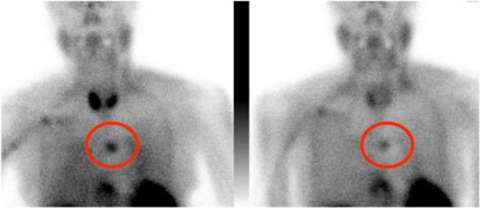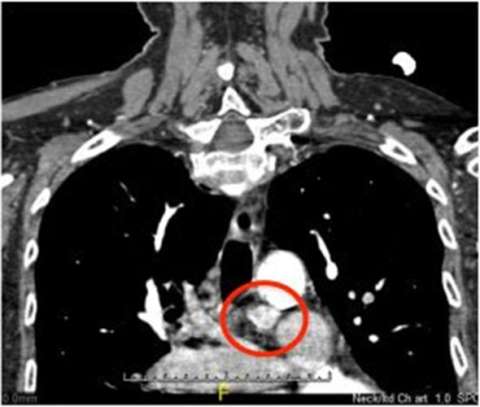Parathyroid CT Scan Versus Nuclear Medicine Scan
Hi, this is Dr. James Wu from UCLA. I'm an endocrine surgeon. Today, I want to talk about the difference between a parathyroid CT scan and a nuclear medicine scan or sestamibi. These are both tests that your endocrinologist or endocrine surgeon may ask you to get if they think you have a parathyroid problem.
Before we start, I want to say that it is a common misconception that these tests will diagnose primary hyperparathyroidism. The truth is, that the diagnosis of primary hyperparathyroidism is made by blood tests alone. The CT scan or nuclear medicine scan can both not show anything even when you have the disease.
The reason we get these tests is to help us with parathyroid surgery. If we can see which of the four parathyroid glands has become too big, we can look there first during surgery. These tests will also show if one of the parathyroid glands is in a place we do not expect. Sometimes they can grow in the chest, the throat, or inside the thyroid.
The older of the two tests is the parathyroid scan, also known as a nuclear medicine scan or sestamibi. In this test, you are injected with a chemical that the parathyroid glands take up more than the rest of your body. The problem with this test is that the pictures are very fuzzy, and you can only tell the basic area of where the parathyroid glands are. This is why sometimes a nuclear medicine scan is done together with a CT scan to make it a little bit more precise.

The parathyroid CT, on the other hand, shows a lot more detail and helps us see parathyroid glands even when they're only very slightly enlarged. The parathyroid CT uses a different kind of chemical that isn't taken up by the parathyroid glands. Lymph nodes and thyroid tissue can also look like parathyroids in this scan. For that reason, even though there is more detail, it takes experience to read the scan correctly.

At UCLA, we tend to prefer the parathyroid CT because the picture is much sharper and more detailed. We have been using the parathyroid CT for a long time and feel very comfortable reading the images. The choice of which test will be used depends on the preference of your surgeon. We also realize that parathyroid CT is not available everywhere, and the nuclear medicine scan is also very good.
Highlights:
- Blood tests are the primary method for diagnosing primary hyperparathyroidism, not the CT or nuclear medicine scan. This is an important misconception to clarify for patients.
- The parathyroid CT scan provides more detailed images compared to the nuclear medicine scan, allowing surgeons to identify even slightly enlarged parathyroid glands. This can aid in surgical planning and accuracy.
- At UCLA, the parathyroid CT scan is the preferred test due to its sharper and more detailed images. The medical professionals at UCLA have extensive experience in reading these scans.
- The choice of which test to use may vary depending on the surgeon's preference and the availability of equipment. It's important to consult with your healthcare provider to determine the best approach for your specific situation.
Find your care
We deliver effective, minimally invasive treatments in a caring environment.
Call to connect with an expert in endocrine surgery.
